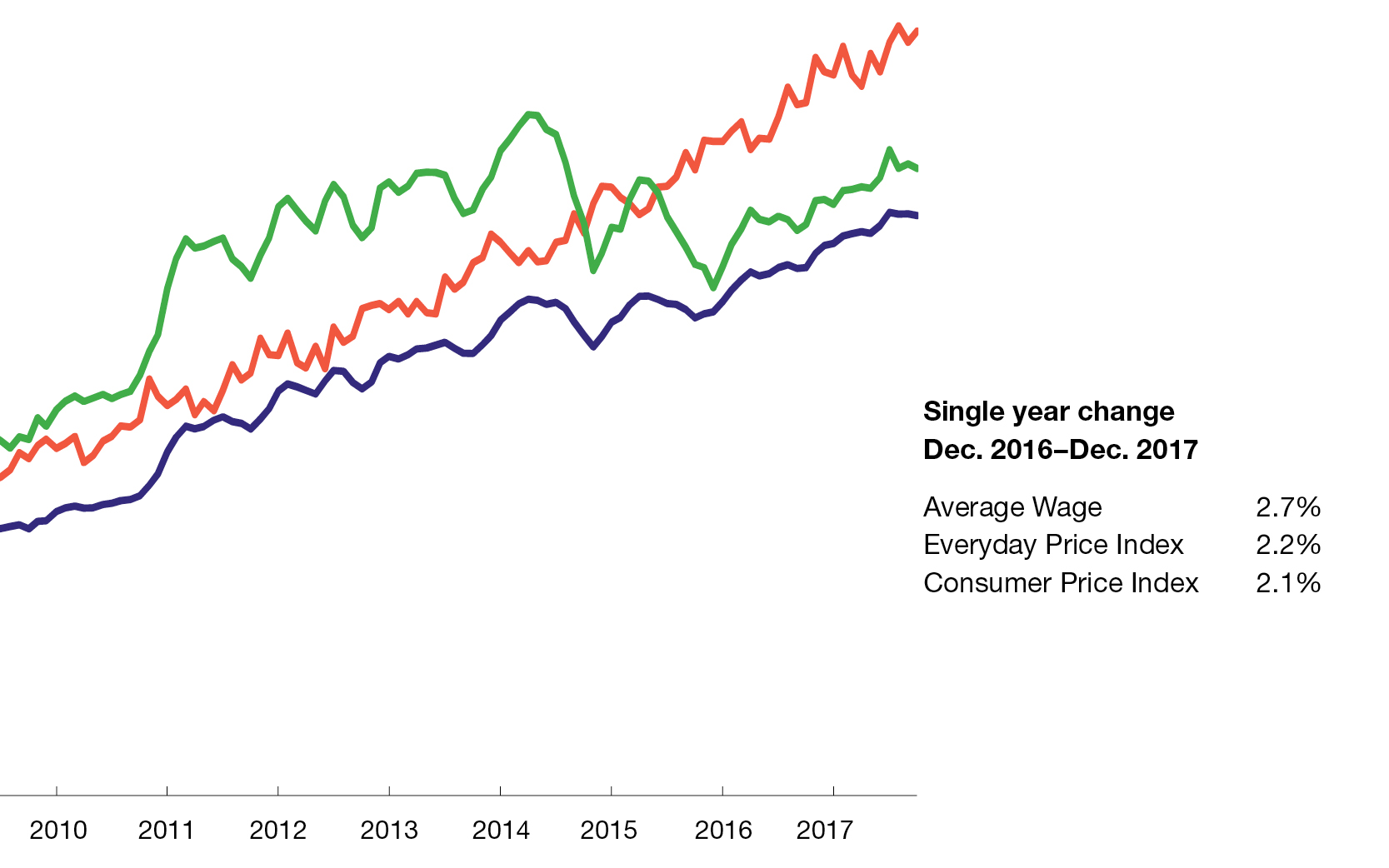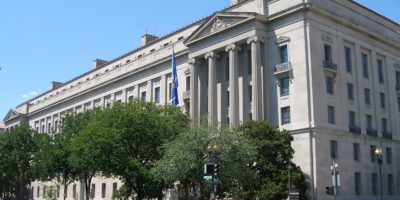India’s Demonetization Experiment
One major example of restrictions on cash was the demonetization of 500- and 1000-rupee bills in India last November, which has had major negative impacts on Indian consumers. These bills are worth about $7.50 and $15 and accounted for most, but not all, the paper currency circulating in India at the time of the ban. In this article, I will consider the potential rationale for banning most cash in India and some of the bad outcomes that can arise from such a decision.
The most commonly cited reason for banning high-denomination cash is that it is often used for black-market activity, especially in the drug trade, and it is even used to fund terrorism. It is not controversial to say that making criminal activity and terrorism more difficult are worthwhile goals. However, at the risk of stating the obvious, cash is important, and the last few months in India make a good case study of what can happen when a government disrupts the monetary system.
There are some good reasons not to use cash. Electronic payment systems, whether through credit or debit cards or app-based payment services such as Venmo, are increasingly convenient and prevalent. According to a study cited by Business Today India, over half of transactions are cashless in some nations, led by Singapore and the Netherlands. The U.S. is not far behind at 45 percent. However, the source for that statistic is Mastercard Advisor’s, “Measuring Progress Toward a Cashless Society.” A cashless society may count as progress for Mastercard, but that is not necessarily progress overall—not unless that is what consumers want. In the most cashless nations in the world, a substantial minority of transactions are still carried out in cash.
In India, a majority of transactions—98 percent—are in cash. There was always an important “Catch-22” in India’s policy. It has been suggested, for example in this article in the Harvard Business Review, that eliminating high-denomination notes can help curtail illegal activities. But to fulfill its stated goal of cracking down on money from illegal activity, or money legally obtained but not declared for tax purposes, the government had to make its announcement a surprise. Otherwise criminals would have had time to launder their cash. However, the surprise announcement ensured that law-abiding, cash-reliant Indians—of which there are many—were caught off guard, too.
The result has been a disaster. Experts estimate that half of the adult population of India has no bank account or access to digital money, and the rate is even higher in rural areas. For many Indians, the ban on cash demonetized both their primary medium of exchange for everyday goods and their primary form of saving, all in one fell swoop. As Indian economist Arun Kumar was quoted as saying in an article in Time, “All business, all industry, whether white or black, requires cash. When you [remove] such a large percentage of the cash, it’s like from a patient you’ve taken out [86 percent] of the blood.”
For such a policy to be defensible, it needed to do two things very effectively. First, it needed to have a well-functioning system in place to quickly replace the cash and reduce the burden on the millions of regular Indians who stood to be negatively affected. Second, it had to have major success in cracking down on the corruption it was meant to rein in. Only if both aims could be met would such a policy potentially be justified.
Unfortunately, the early returns are not good on either score. When the policy was implemented, the prime minister warned that the nation faced 50 days of difficulties. This was an underestimate. A January CNN web article after the 50-day mark reported that things were hardly back to normal. There were still long lines and daily and weekly limits for cash exchanges at banks and ATMs. India’s 200,000 ATMs were still overwhelmed by demand and the need for retrofitting (the new cash notes were not the same size as the old ones). According to the article, over 12 trillion rupees out of about 15 trillion that were demonetized had been returned to the government by mid-December, but only about 6 trillion had been re-issued. This sharp contraction in liquidity has had a serious impact on India’s economy. A Vox report found that “small-scale industries showed a whopping 35 percent job loss and a 50 percent decline in revenue in just the first 34 days since the policy went into effect,” and that “many of India’s small businesses that handle all their transactions in cash have faced crippling blows.” Official economic growth-rate projections dropped by a half to a full percentage point after demonetization.
At this level of inconvenience and cost, at least the demonetization must have put a serious damper on illegal activity, right? In December, India Ratings and Research estimated that the measures would destroy about 4 trillion rupees (about $60 billion) worth of “black money” wealth, about one-eighth of the black economy. They warned that this would have an economic cost of over 1 trillion rupees, saying, “It is unlikely that fiscally the government will benefit from Rs 4.004 trillion worth of cash destroyed in the de-legalization process. On the contrary, government may face lower tax collections in the second half of fiscal year 2017, due to the slowdown in economic activity.”
Two experts quoted by Time were more skeptical of how much good the cash demonetization would do.
“The problem is that only a small proportion of black wealth is stored in cash,” said economist Arun Kumar. Estimates vary, but he put the figure at around just 1 percent or 2 percent of the total black-market wealth in the country. The criminal and the corrupt seldom hold on to cash, he said. Instead of stuffing their mattresses, they purchase property or gold or move their funds abroad. “They find ways to put their money in the stock market, mutual funds, or other places. Most black wealth isn’t in cash,” he said.
Swati Dhingra, an economist at the London School of Economics (LSE), agreed: “This is essentially just targeting petty corruption. You clearly don’t hold cash if you’re super rich. You go buy property, you have a Swiss bank account.”
By early January, Bloomberg reported that banks had received 14.97 trillion rupees out of 15.4 trillion demonetized, almost all of the money that had been still outstanding in December, meaning the projected shortfall due to black-market money never materialized. If the government was worried only about tax evasion, this may be considered a success—the cash appeared and will earn tax revenue. If the concern is about deeper illegal activity, it means only that cash has been replaced and will begin to re-circulate—for legal and illegal transactions both.
While the outcome remains to be seen, the political fallout is perhaps predictable. On Feb. 1, India’s 2017 budget was presented. The Wall Street Journal had a representative headline: “India Budget Focuses on Rural Development, Growth After Cash Crunch.” There is some irony in that government spending increased in areas where private spending had been most disrupted in previous months.





